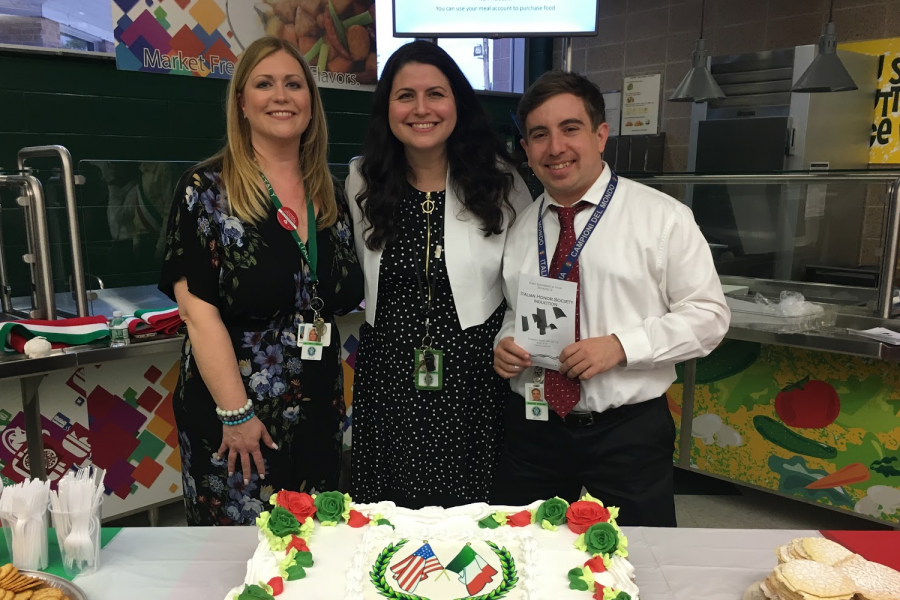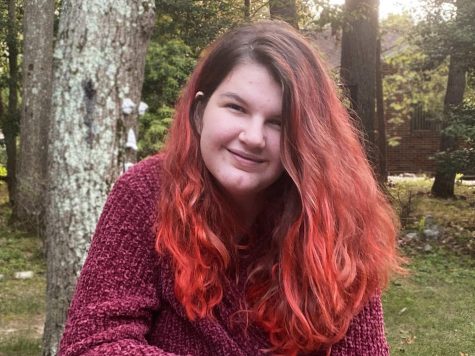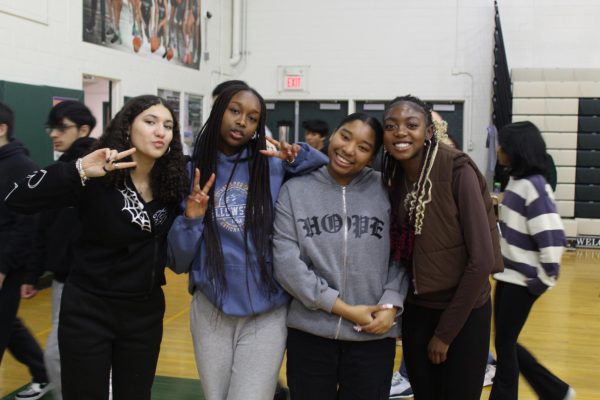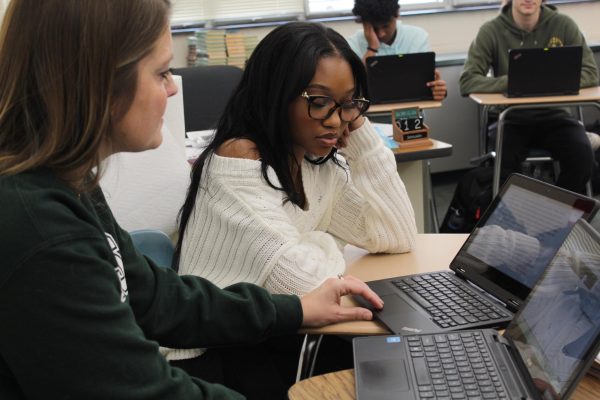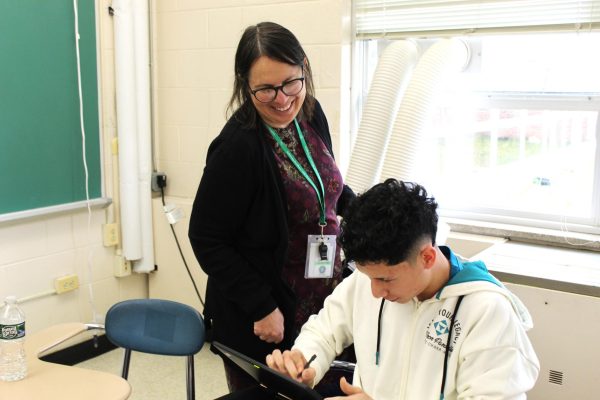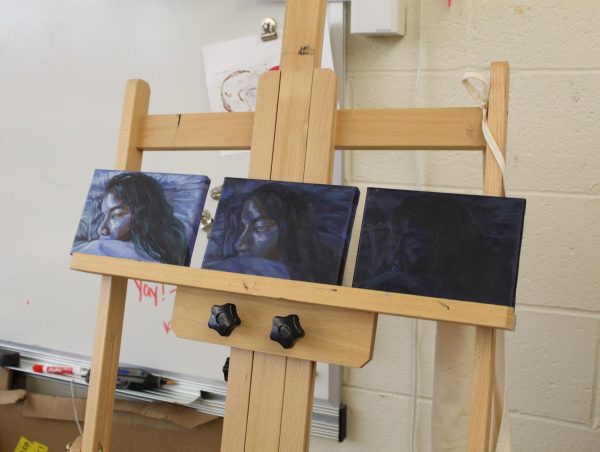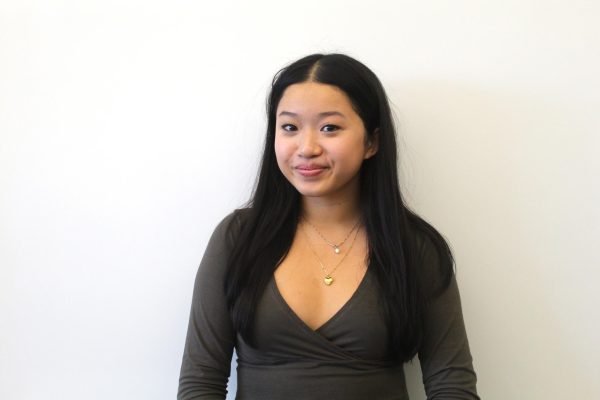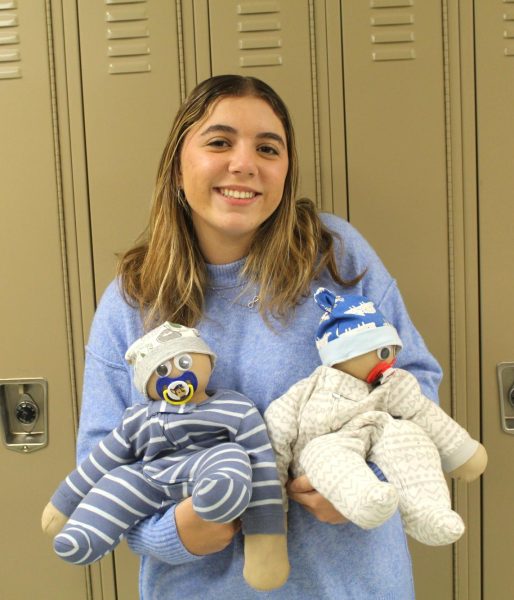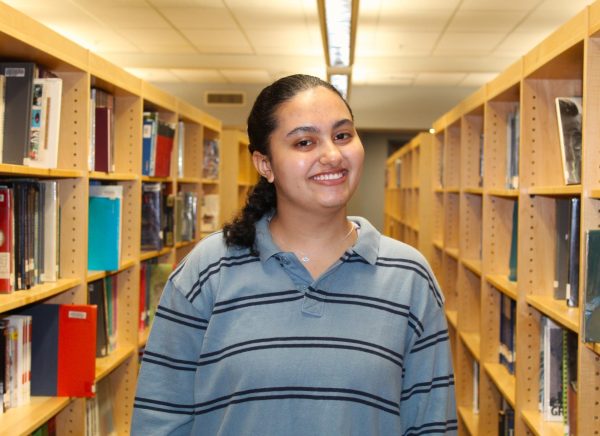Foreign Languages: Trips Around the World
The Foreign Language department works hard to teach each student about the world’s many cultures.
A photo of the districts’ three Italian teachers at the induction ceremony for Italian Honors Society last year. Mrs. Bonelli (left) teaches at Hammarskjold, Mrs. Spagnuolo (middle) teaches at the high school, and Mr. Keenan (right) teaches at Churchill.
October 30, 2020
I-Hall is home to all the foreign languages here at EBHS, an amalgam of different cultures from around the world. Each door is decorated with markings of the language taught within, flags from Spain or Italy or France, signs asking students to not speak English within each classroom.
The teachers get to share their languages and ideas, showing off the food they love or the history of their cities. It’s an enjoyable experience for many people, as confirmed by Mrs. Chen, who teaches Mandarin in the school. She says that the most enjoyable moment of teaching Mandarin is “when I see my students from all backgrounds chime in during a classroom discussion related to Chinese culture.”
It isn’t just the teachers who think so: even students share in this enjoyment. Anya Choudhary, 10, takes Spanish 5H, and says that “it’s fun to speak to people in their language, especially since they get very excited when they hear others learning their mother tongue.”
Speaking different languages allows people to hear other perspectives from people around the world. That’s exactly what Ms. Wehner Franco says her favorite thing about teaching German is. She enjoys “giving students an insight into different cultural behaviors and thinking without any judgement.” Each teacher shows how actions, body motions, and common sayings vary from place to place, and how learning and embracing those differences can help us to think without biases.


